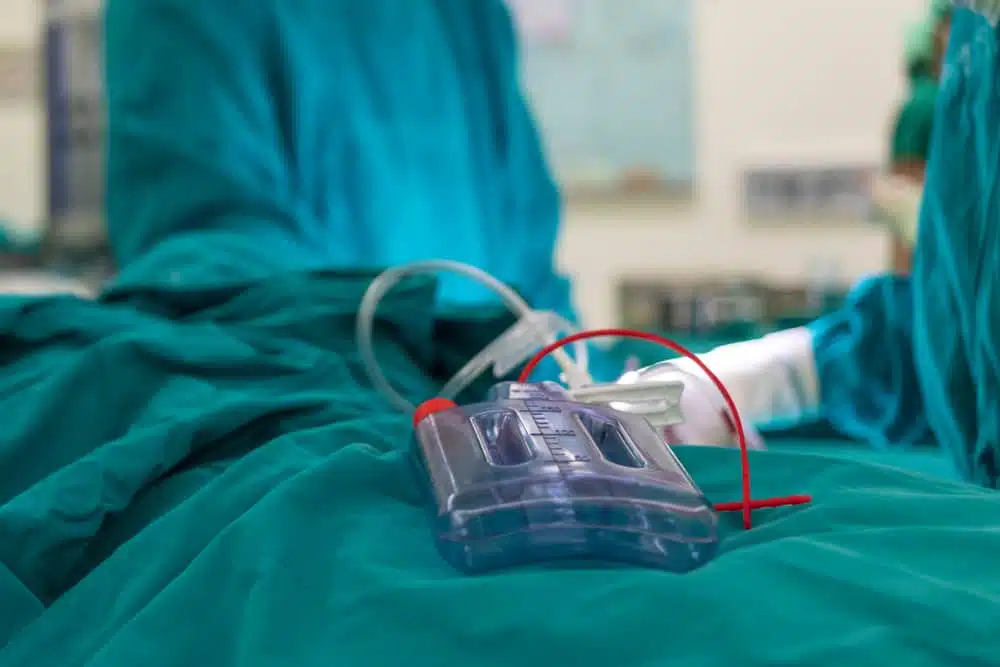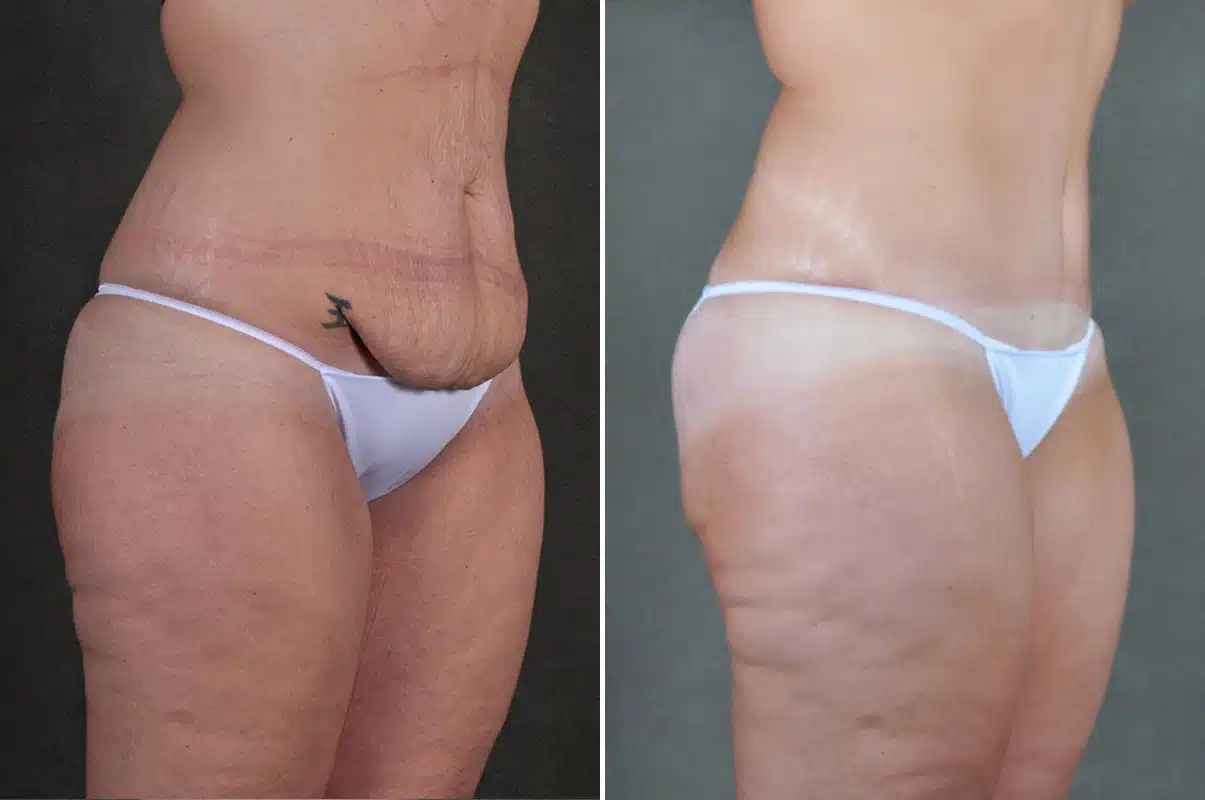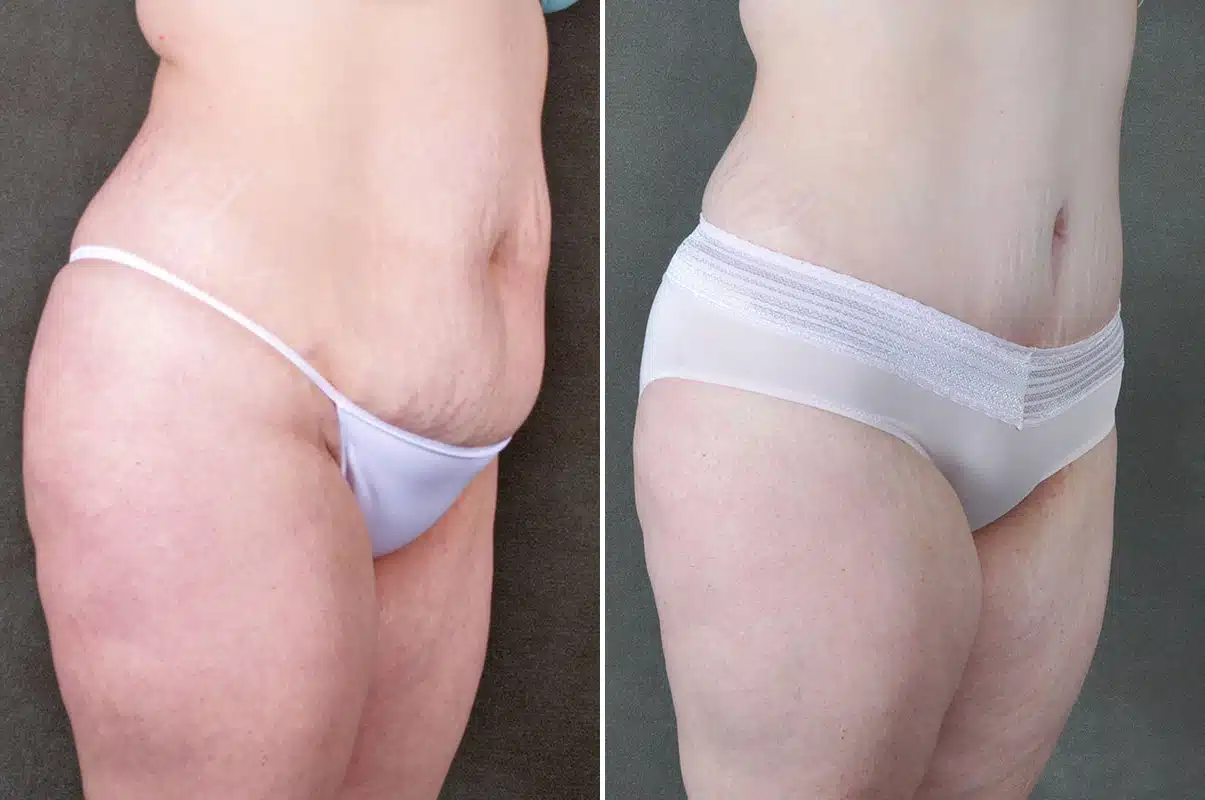Thinking about having your tummy tuck drains removed early? It might be tempting—but it’s not worth the risk. Surgical drains play a critical role in your healing process after abdominoplasty, and removing them too soon can lead to complications that delay recovery and affect your final results.
If you’re healing from a tummy tuck procedure or preparing for one, understanding the importance of post-op drainage is key. Let’s explore why drains matter, what can go wrong if they’re taken out too early, and how to manage your recovery with confidence.

When Are Surgical Drains Removed After Tummy Tuck?
Tummy tuck drains are usually removed within 7 to 21 days after surgery, depending on how much fluid is being produced. Surgeons monitor drain output daily, and removal is only recommended when the fluid decreases to a safe level—typically less than 25-30 milliliters per drain over a 24-hour period. Removing them too early increases the risk of fluid buildup, infection, and healing delays, which is why it’s crucial to follow your surgeon’s timeline closely.
Risks of Removing Your Tummy Tuck Drain Too Early
Tummy tuck drainage tubes may feel like an inconvenience, but they play a vital role in your recovery that’s why appropriate drain care is important. Removing them too soon can disrupt the healing process and lead to preventable surgical drain complications. From fluid buildup to infection and poor aesthetic outcomes, the risks are real—and worth avoiding by following your surgeon’s timeline.
1. Infection
Infection is one of the most serious risks when tummy tuck drains are removed too early. Without proper drainage, fluid may collect under the skin, creating the perfect environment for bacteria to thrive. This can result in swelling, increased pain, redness, or even visible changes in the scar’s shape or color. In some cases, infections can require antibiotics or further procedures. Always follow your surgeon’s instructions to avoid setbacks and promote a smooth, complication-free recovery.
2. Increased Scarring
Removing tummy tuck drains too early can lead to increased tension around the incision site, especially if fluid is still present. This tension can stretch or pull the healing skin, resulting in widened, raised, or discolored scars. Additional scarring may also form if fluid buildup leads to inflammation or secondary healing. Proper drainage supports smooth skin closure and minimizes long-term scarring. Following your surgeon’s recommended timeline can greatly improve the cosmetic outcome of your scar.
3. Fluid Accumulation
One of the most common complications of early drain removal is fluid accumulation at the surgical site. This buildup—often of serous fluid—can cause swelling, pain, and a visibly uneven appearance. In some cases, it can lead to a seroma, which may require aspiration or additional drainage. Premature removal may also create dead space under the skin, increasing the risk of infection. Letting drains stay in place until fluid output is minimal reduces this risk significantly.
4. Hematoma Formation
Hematomas are pockets of blood that collect beneath the skin, often caused by inadequate drainage or vessel damage. Removing drains too early increases the risk of blood pooling under the surgical site, which can result in swelling, tenderness, bruising, and pressure. If untreated, a hematoma can restrict circulation and lead to tissue death. In some cases, additional surgery may be needed to remove the clot and repair the affected tissue. Timely drain removal helps prevent this complication.
5. Unusual Bleeding
When tummy tuck drains are removed before the tissue is ready, small blood vessels in the area may still be fragile and prone to rupture. This can lead to unexpected or prolonged bleeding under the skin. Movement or pressure may worsen the issue, causing bruising, pain, or fluid discoloration. In some cases, unusual bleeding can result in hematoma formation or delay healing. Proper drain timing supports vessel stability and helps prevent this kind of postoperative complication.
6. Wound Separation & Delayed Healing
Drains help prevent fluid buildup and reduce tension around incision lines. When removed too soon, healing tissues may be left unsupported, leading to wound separation or delayed closure. Without adequate drainage, swelling can stress stitches and slow healing. In some cases, this can cause small wound openings or uneven scarring. Patients may also experience longer recovery times. Keeping drains in until healing progresses properly gives sutures the best chance to hold and tissue to close naturally.
7. Poor Cosmetic Outcomes
Drains help shape and contour the abdomen during healing. Removing them prematurely can cause residual fluid to remain trapped, which interferes with skin adhesion and muscle definition. This may lead to visible lumps, wrinkles, or uneven contours—undermining the smooth, toned result patients expect. Scar tissue may also form irregularly if healing is disrupted. These cosmetic concerns may require revision procedures. Allowing drains to stay until proper healing supports better skin retraction and a more aesthetically pleasing outcome.
SPECIALIST CARE YOU CAN TRUST
You can trust the entire staff to help make your visit as comfortable and safe as possible!
Is It Painful to Remove Drains After Tummy Tuck Surgery
Many patients worry that drain removal will be painful, but the procedure is usually quick and virtually painless. You may feel slight pressure or a tugging sensation as the drain tube is pulled out, but intense pain is uncommon. Some surgeons use gentler techniques and may apply a local anesthetic to reduce discomfort but this is usually unnecessary. While the sensation can feel strange, it typically lasts only a few seconds. Any mild soreness afterward usually resolves quickly and can be managed with over-the-counter pain relief.
What To Do If the Tummy Tuck Drain Comes Out
If your tummy tuck drain comes out prematurely, you should be sure to contact your plastic surgeon right away. Depending on how far along in the healing process you are, the doctor might advise longer bed rest to help control swelling and reduce any risk of infection.
If your tummy tuck drain fell out and you are experiencing any pain, redness, or swelling in the area, be sure to contact your doctor right away. These could be signs of infection and should be treated as soon as possible. In case the JP drain (Jackson-Pratt drain) fell out, the doctor might suggest a suture to close the hole. This is done to prevent any further fluid from leaking out of the incision site and to help promote healing.
In some cases, it might be necessary to place a new drain so that fluid from the area can be monitored and drained as needed. In cases where this isn’t necessary or possible, your doctor might recommend compression garments that help control any residual fluid buildup in the area.
Your doctor might also suggest following an increased activity level and specific instructions for wound care before allowing you to go back to your usual activities again. You must speak with your doctor immediately if this happens so that they can provide advice regarding what steps to take to ensure a safe recovery and avoid serious medical issues or other complications.
What To Do If I’m Still Draining After Drain Removal
If you’re still experiencing drainage after your tummy tuck drains have been removed, don’t panic—but do contact your surgeon as soon as possible. Persistent drainage may be a sign of a seroma, infection, or incomplete internal healing. It’s important to let your doctor assess the situation to determine whether additional treatment or monitoring is needed.
Depending on the cause, your surgeon may recommend compression garments, prescribe antibiotics, or even perform a minor procedure to remove fluid buildup. Prompt attention to post-drain drainage helps reduce discomfort and ensures your recovery stays on track. Ignoring continued excessive drainage after your tummy tuck can lead to more serious complications down the line, so always keep your surgeon in the loop.
Tummy Tuck Before and After Photos


* Each patient is unique and individual results may vary.
Can I Remove My Own Tummy Tuck Drains?
No, it might seem like a simple task, but removing your own tummy tuck drains is not recommended. While the process may look straightforward, there’s much more to it than just pulling out a tube. Timing, technique, and sterile conditions are essential to avoid complications like infection, seroma, or delayed healing.
Drain removal is a small but critical part of your post-op care—and it’s one that should be left in expert hands. Let’s talk about who you should trust with that next.
Who Should Remove My Tummy Tuck Drains?
The removal of surgical drains should always be done by a qualified medical professional. This ensures your healing is progressing as expected and reduces the risk of infection or fluid buildup. Surgeons are trained to assess the right timing for removal based on your unique recovery.
At Aesthetic Surgical Images in Omaha, NE, our board-certified plastic surgeons follow high standards of post-operative care to give you the safest, most effective tummy tuck experience. With decades of experience in body contouring procedures as well as many other plastic surgery procedures and a collaborative team approach, we make your recovery smooth and your results exceptional. Ready to take the next step? Call us at 402-390-0100 or visit our contact page to schedule your consultation.
